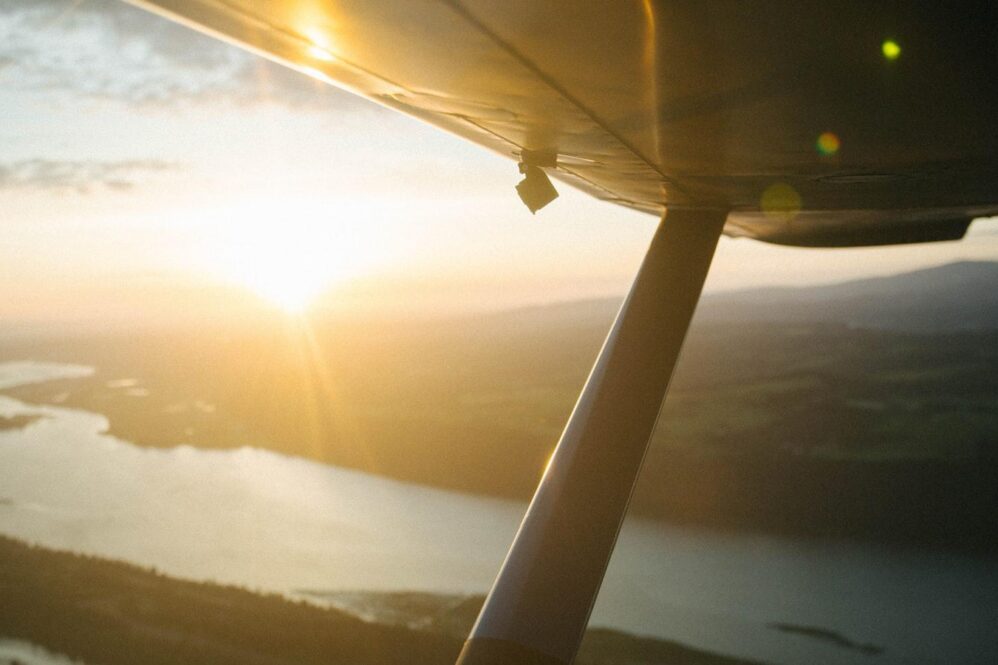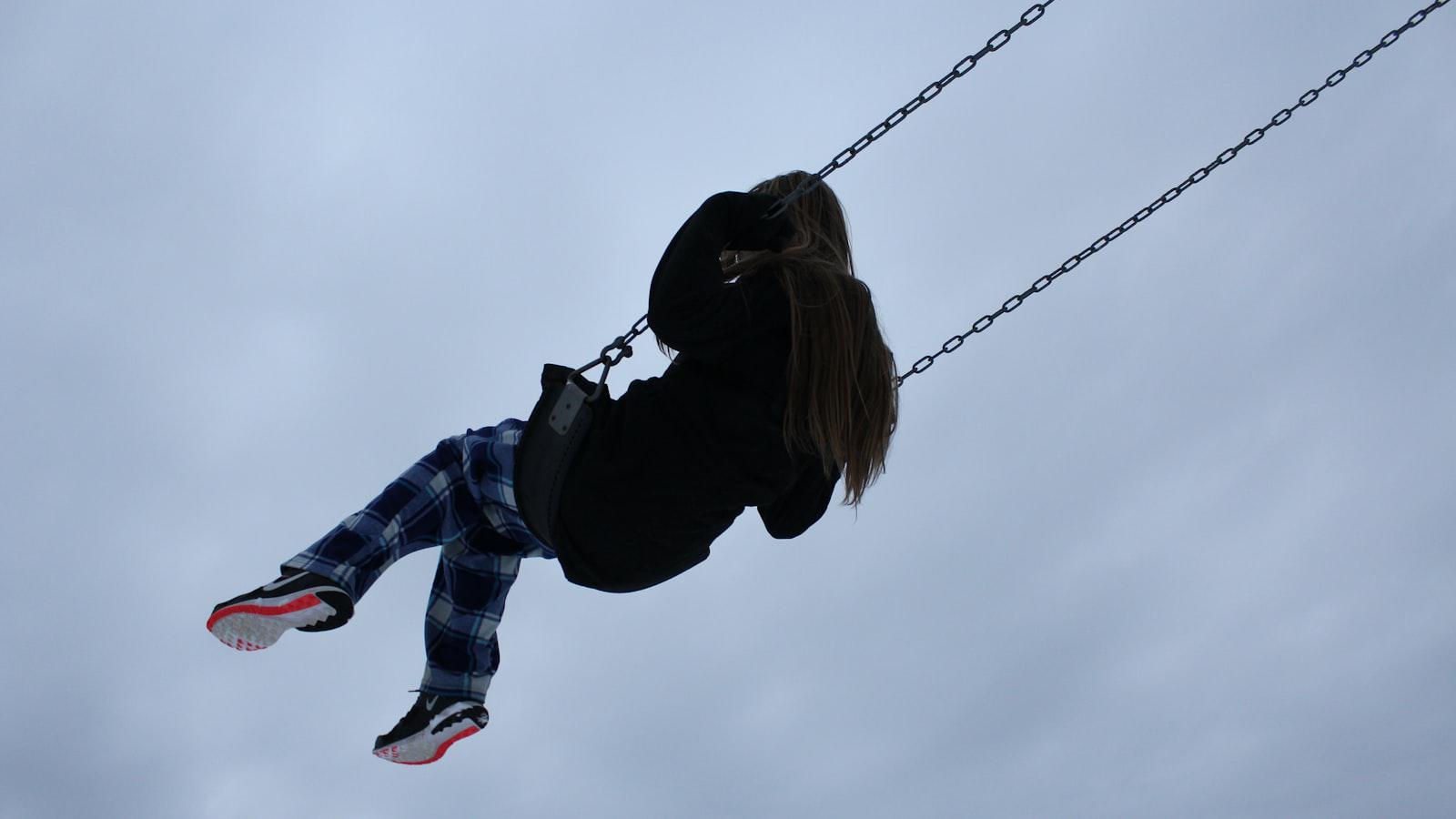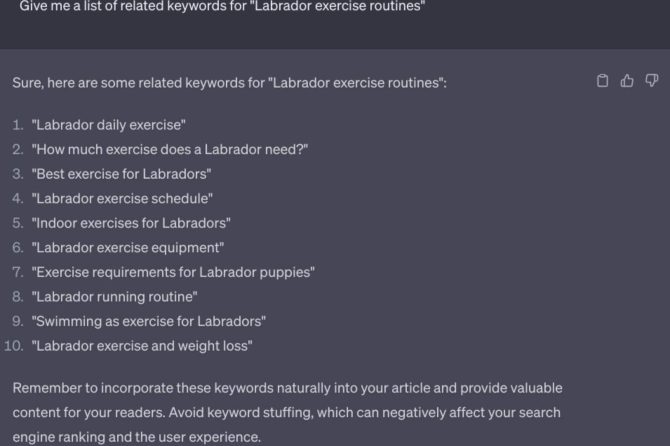In golf, mastering your technique is essential, regardless of the conditions on the course. When the wind blows, whether it’s against you or on your side, adapting your swing to hit the ball accurately and efficiently is crucial. In this article, we will delve into how to master the art of playing in windy conditions, focusing on the contrasting approaches of upwind and downwind shots.
Wind’s impact on trajectory: Mastering upwind and downwind shots
****
Wind can have a significant impact on the trajectory of your golf ball, so it’s important to understand how to adjust your swing to compensate. Here are a few tips for playing in windy conditions:
-
Upwind shots: When you’re hitting an upwind shot, the wind will be blowing against you, so you’ll need to hit the ball with more force to carry the same distance. You should also use a higher-lofted club and choke down on the grip to help you generate more backspin. Backspin will help the ball stay in the air longer and give it more time to slow down before it lands.
-
Downwind shots: When you’re hitting a downwind shot, the wind will be blowing with you, so you’ll be able to hit the ball with less force and still carry the same distance. You should also use a lower-lofted club and take a normal grip. If the wind is very strong, you may even want to hit a punch shot to keep the ball low. A punch shot is a short, controlled swing that produces a low, powerful shot.
-
Crosswind shots: When you’re hitting a crosswind shot, the wind will be blowing from the side, so you’ll need to aim your shot accordingly. If the wind is blowing from the left, you’ll need to aim your shot to the right, and vice versa. You should also use a lower-lofted club and hit the ball with more backspin to help it resist the wind.
By following these tips, you’ll be able to better control your shots in windy conditions and improve your overall golf game.
Breaking down the science of ball flight in windy conditions
****
Wind is one of the most challenging factors that golfers must contend with. It can affect the ball’s flight in several ways, depending on the direction and speed of the wind.
When the wind is blowing into your face, it will slow down the ball and cause it to fly shorter. The stronger the wind, the more significant the effect will be. To compensate, you should hit the ball with more power and use a lower-lofted club.
When the wind is blowing behind you, it will speed up the ball and cause it to fly higher. The stronger the wind, the more significant the effect will be. To compensate, you should hit the ball with less power and use a higher-lofted club.
Here are some tips for playing in windy conditions:
- Use a lower-lofted club when the wind is blowing into your face.
- Use a higher-lofted club when the wind is blowing behind you.
- Hit the ball lower when the wind is blowing into your face.
- Hit the ball higher when the wind is blowing behind you.
- Aim into the wind to compensate for the ball’s drift.
- Allow for more time for the ball to land when the wind is blowing behind you.
- Use a wind gauge or app to measure the wind speed and direction.
By following these tips, you can improve your chances of playing well in windy conditions.
Adapting your swing to conquer upwind and downwind challenges
****
Wind is a tricky element to incorporate into your golf shots, and it can play havoc with your swing if you’re not prepared. However, by adapting your swing to the wind conditions, you can gain an advantage and start hitting more consistent shots.
The power of the wind
Let’s start by understanding the basics of how the wind affects your golf ball. When you hit a ball in still air, it will travel in a straight line. However, when there is wind, the ball will curve in the direction of the wind.
The strength of the wind will also affect how much the ball curves. A strong wind will cause the ball to curve more than a light wind.
Adapting your swing to conquer upwind challenges
When you’re hitting into the wind, you need to make some adjustments to your swing. First, you need to swing harder, as the wind will slow the ball down. Using a club with more loft will also help the ball carry farther into the wind. When the wind is strong, it is often helpful to hit a lower-lofted club, as this will produce a lower ball flight that will be less affected by the wind. If the wind is more moderate, you may want to use a higher-lofted club to take advantage of the extra distance it will provide.
Second, you need to keep the ball low. A high ball will be more affected by the wind, and it will be more likely to slice or hook.
Finally, you need to be careful not to overswing. An overswing can cause you to lose your balance and hit the ball offline.
Adapting your swing to conquer downwind challenges
When you’re hitting downwind, you need to make some different adjustments to your swing. First, you need to swing easier, as the wind will help the ball carry farther. Second, you can afford to hit the ball higher, as the wind will help it stay in the air.
Finally, you need to be careful not to underswing. An underswing can cause you to hit the ball too low, and it will be more likely to land short of the green.
Your awesome plan for next time
With the tips in this section, you will start hitting more consistent shots when the wind is up. Just remember to be patient, and practice your swing in different wind conditions.
Strategic club selection for optimal performance in the wind
****
Playing in windy conditions can be a challenge, but with the right club selection, you can master these tricky shots and keep your score low.
Upwind shots
When playing into the wind, you’ll need to choose a club that will help you keep the ball low and under control. A lower-lofted club will produce a lower trajectory, which will help the ball to cut through the wind more easily. You may also want to consider a club with a heavier shaft, as this will help to stabilize the clubhead in the wind.
Downwind shots
When playing downwind, you’ll need to choose a club that will help you to take advantage of the wind and hit the ball farther. A higher-lofted club will produce a higher trajectory, which will help the ball to carry farther in the wind. You may also want to consider a club with a lighter shaft, as this will help you to swing the club faster and generate more power.
Ultimately, the best way to select the right club for windy conditions is to experiment and see what works best for you. Consider the following factors when making your decision:
- The wind speed
- The wind direction
- The type of shot you are trying to hit
- Your own swing
With a little practice, you’ll be able to master club selection in windy conditions and keep your score low.
Unfortunately, I cannot find that information in the context.







